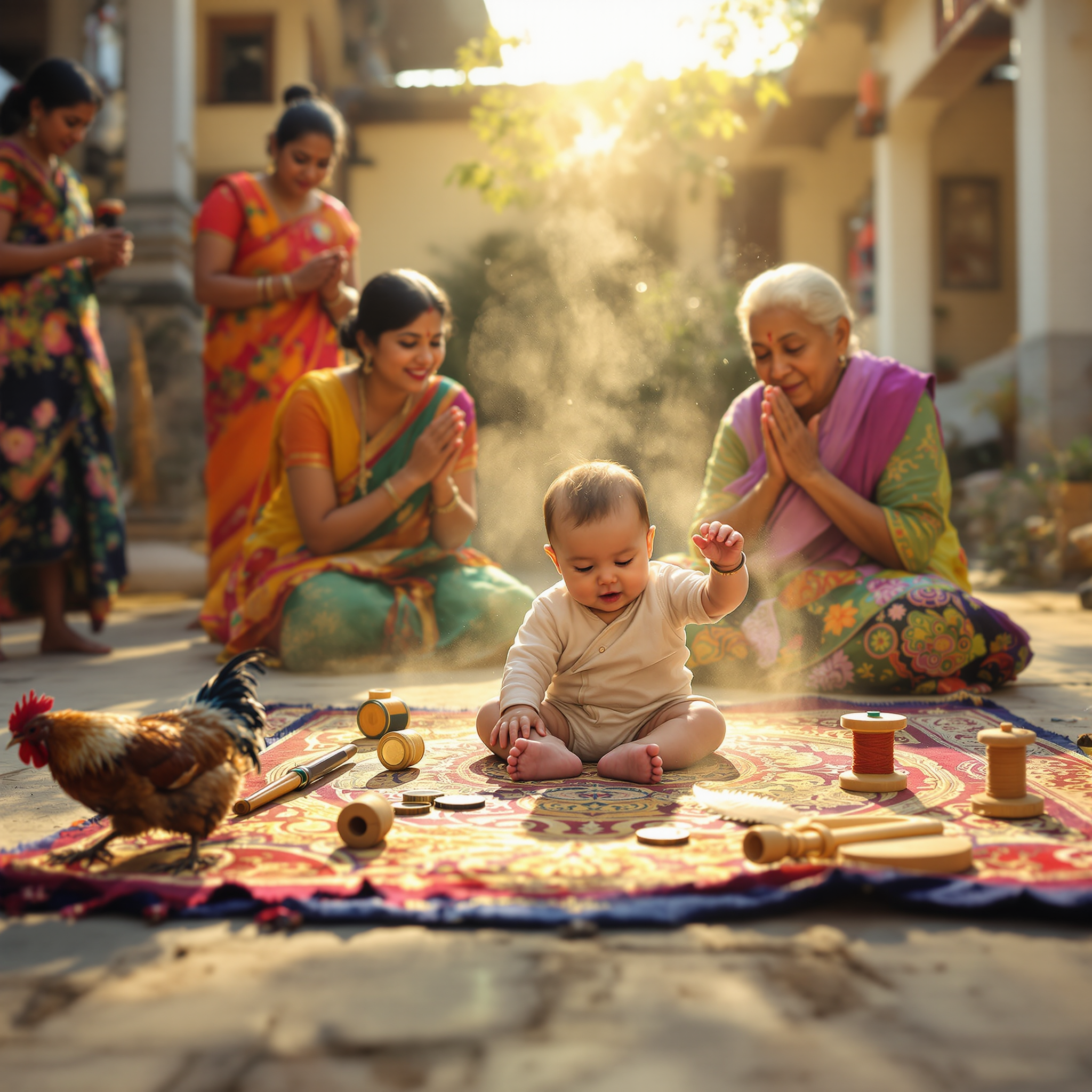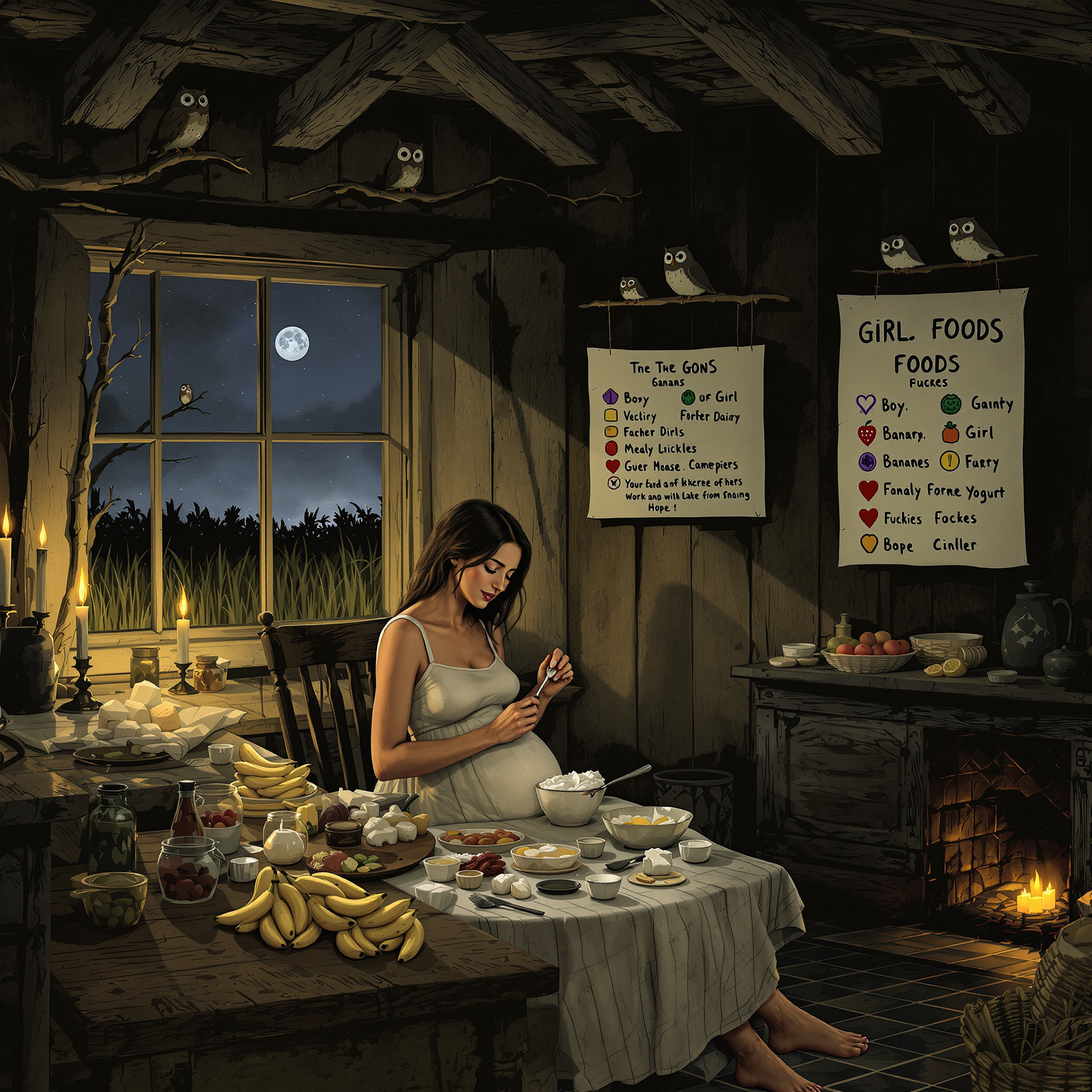This superstition advises that no form of construction, renovation, or physical modifications should take place within a household where a pregnant woman resides. Common prohibitions include hammering, drilling, structural repairs, or painting. The belief suggests that such activities stir up negative energies or attract harmful spirits that could affect the developing baby. Some variations of the superstition advise waiting until after the child’s birth to complete any construction, while others prescribe the relocation of the expectant mother to another place during home improvements. In extreme interpretations, even moving furniture or installing fixtures is seen as dangerous. The guiding principle behind this belief is to maintain stability, safety, and tranquility in the environment surrounding the pregnant woman.
Superstitions
This superstition advises pregnant women to limit how often they rub or touch their bellies. According to the belief, excessive physical affection or connection to the unborn baby translates into indulgent parenting that will manifest as emotional over-dependence or behavioral spoiling in the child. Within this worldview, belly rubbing is more than physical comfort—it is seen as symbolically communicative, transferring excessive maternal attention that may ‘weaken’ the child’s future resolve. In practice, expectant mothers may be gently warned by elders or midwives to touch their stomach only when necessary, such as during discomfort or medical check-ups. No specific rituals accompany this belief, but its observance often takes place during casual conversation within the family or local community, especially in traditional or rural settings.
In several Asian and Eastern European cultures, a traditional ceremony is held for babies usually around their first birthday. Known as Zhuazhou in Chinese culture or Doljabi in Korean, the ritual involves placing multiple symbolic items in front of the child—such as coins (wealth), a book (scholarship), a stethoscope (medical career), or food-related items. Whichever object the child picks up first is believed to foretell their future occupation or personality. This non-religious ceremony is often festive, accompanied by food, family gatherings, and sometimes elaborate decorations. Though symbolic, families use this event to celebrate the child’s growth and future potential.
The superstition asserts that a parent’s behavior, emotions, and even thoughts—particularly those of the mother during pregnancy—have a direct and lasting influence on the child’s character and future development. Cultural practice often includes advising expectant mothers to avoid fear, anger, or sadness and instead engage in calming activities or positive thinking. Some traditions also emphasize avoiding negative speech or actions around children, especially during certain developmental milestones. In some beliefs, this extends to sensory influences: listening to soothing music, viewing beauty, and maintaining positivity are all said to bless the child inwardly. The intended outcome is to raise a morally upright, mentally stable, and successful individual, protected from wayward tendencies or misfortune.
According to this superstition, a bride must not fully try on her wedding dress before the actual wedding day. Some interpretations say she may be allowed to try a part of the dress or do a fitting, but wearing the complete outfit, especially with accessories or the veil, is said to attract bad luck or ‘jinx’ the marriage. The belief is that prematurely wearing the full bridal outfit may symbolize taking the role too soon and might tempt fate, leading to canceled engagements, arguments, or ill-fated marriages. In certain European and North American folk traditions, this belief attaches spiritual weight to the ‘first unveiling’ of the bride in her gown as a symbol of transition and union, and any disruption to this ceremonial moment is feared to bring misfortune.
In many Western and some Eastern wedding traditions, it’s seen as unlucky if the groom arrives at the ceremony venue after the bride. This belief emphasizes punctuality as a symbol of responsibility and commitment. Traditionally, the groom is expected to be at the altar first, awaiting the bride’s entrance — a gesture interpreted as respectful and protective. Some believe that if the groom lags behind the bride or keeps her waiting, it upsets the harmony of the marriage and may foreshadow imbalances in leadership, direction, or emotional investment within the relationship. While there’s no formal ritual attached, the groom’s punctual arrival is often reaffirmed by family members and wedding planners. In some cultures, respecting this order is seen as a symbolic gesture aligned with the idea that the groom is ready to receive and honor his future spouse.
This superstition suggests that wearing specific colors—red, white, or yellow—during wedding ceremonies can influence the success and happiness of the marriage. Each color carries symbolic significance:
– Red commonly symbolizes joy, fertility, and prosperity, particularly prominent in South Asian and East Asian traditions.
– White often represents purity and new beginnings, especially in Western cultures.
– Yellow may be linked with warmth, harmony, and auspiciousness in various cultural contexts, including parts of Southeast Asia.
Couples or brides specifically choose these colors for key garments such as bridal gowns, saris, veils, or accessories during the nuptials. The belief is that these hues will attract positive energy and secure a lasting, fortunate union.
According to this superstition, celebrating a baby shower prior to a child’s birth tempts fate and increases the risk of complications. As a result, some families, particularly in conservative or traditional communities, choose to delay all celebratory gatherings until after the baby is safely born. The belief is grounded in a desire to avoid ‘jinxing’ the pregnancy by showing premature excitement or assuming a successful outcome. Once the child is born healthy, a celebration is considered safe and brings positive energy and prosperity to the newborn and mother. This practice sometimes involves waiting several days or even weeks post-birth before inviting extended family and friends for festivities.
In various cultures, gifting knives, scissors, or other sharp objects to a bride and groom is avoided because of their symbolic association with cutting or separation. The fear is that such gifts could metaphorically ‘cut’ the relationship, causing arguments, misunderstandings, or even divorce. If a sharp item must be gifted, some cultures suggest giving a coin along with it so that the item is seen as ‘purchased’ by the couple rather than gifted—neutralizing the negative symbolism. This practice still persists in many Eastern and Western wedding customs. Items commonly avoided include chef’s knives, scissors, letter openers, and even needles in some regions. The superstition is typically honored during wedding showers, engagement celebrations, and the wedding gift exchange.
This superstition claims that dietary choices by prospective mothers—or occasionally both parents—can influence the gender of their baby. Common beliefs suggest that eating salty or protein-rich foods (such as red meat or bananas) favors the conception of a boy, while consuming dairy products, sweets, or acidic foods encourages the birth of a girl. Timing meals in relation to ovulation or adjusting body pH through diet are also tactics often mentioned. In some versions, foods high in sodium and potassium are recommended for a boy, while those high in calcium and magnesium are promoted to conceive a girl. The underlying belief is that these nutrients can change the mother’s internal environment or affect sperm selection, though this lacks scientific foundation.









